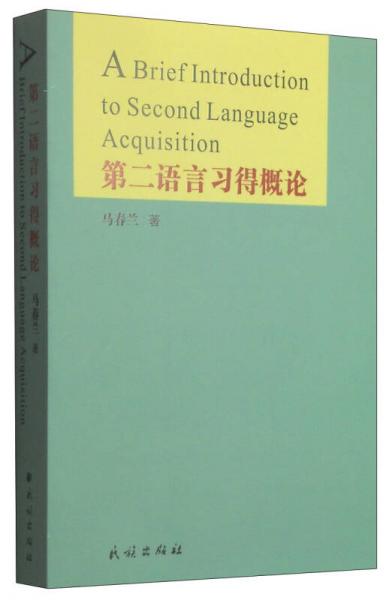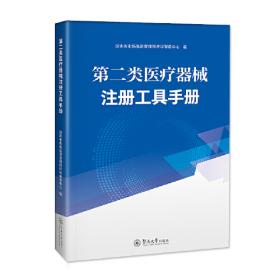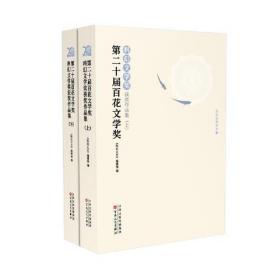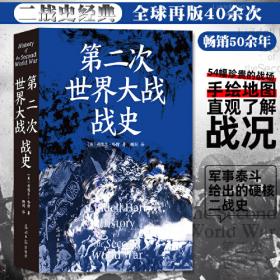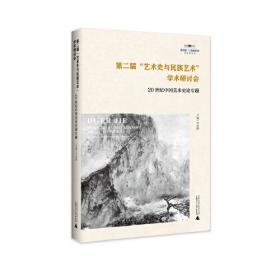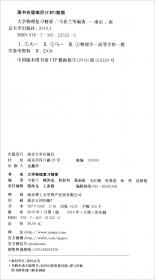第二语言习得概论
出版时间:
2014-03
版次:
1
ISBN:
9787105131495
定价:
48.00
装帧:
平装
开本:
32开
纸张:
胶版纸
页数:
509页
字数:
362千字
正文语种:
英语
1人买过
-
《第二语言习得概论》一书对二语习得学科的发展历程、研究内容、研究成果进行了简要介绍,书中主要选择该领域广为接受、较为经典的研究成果和理论模式进行评述。写作《第二语言习得概论》的初衷主要是为需要了解二语习得研究现状,但没有时间阅读大量的英文原著,或者对英文原著中作者阐述的细致深奥的思想观点理解有困难的读者提供服务,因此尽可能做到语言文字浅显易懂,内容简明扼要。
《第二语言习得概论》共分九部分:第一部分(第一章)简单介绍了二语习得学科的发展历程,讨论了二语习得学科的研究内容、基本概念和术语、二语习得与母语习得之间的相同点和不同之处。
第二部分(第二章)论述了关于学习者错误的研究。
第三部分(第三、四、五章)阐述了中介语理论的起源、发展过程及其在二语习得发展史上的作用,并讨论了中介语固有的三大特点,即中介语的系统性(sytematicity)、固化性(fossilization)和变异性(variability)。中介语是二语习得研究的核心问题,众多二第四部分(第六章)讨论了母语在二语习得中的作用。
第五部分(第七章、第八章)论述了二语习得中的个体差异(Individual Learner Differences)及学习策略(Leaming Strategies)。与母语习得相比,二语习得特点是二语学习者最终的语言水平有较大差异,二语习得研究中的重要问题之一是导致这种语言水平不同的因素是什么。
第六部分(第九章)讨论了教学指导语境下的二语习得(Instructed Second Language Acquisition)。二语习得研究包括自然语境第七部分(第十章)介绍二语习得的主要理论。
第八部分(第十一章)讨论了二语习得研究的理论和成果在外语教学实践中的应用。
第九部分是术语表 Chapter 1 Overview
1. 1 What is second language acquisition?
1.2 The features of second language acquisition
1.3 The goal of L2 acquisition research
1.4 Basic concepts of second language acquisition
1.5 The differences between L1 acquisition and L2 acquisition
1.6 The nature of language
1.7 The history of L2 acquisition research
Chapter 2 Learner Errors and Error Analysis
2.1 Definition of errors
2.2 Error Analysis
2. 3 Summary
Chapter 3 Interlanguage
3. 1 The notion of interlanguage
3.2 The early studies of interlanguage
3.3 The developmental patterns of L1 acquisition
3.4 Developmental patterns of second language acquisition
3. 5 Summary
Chapter4 Fossilization
4.1 lntroduction
4. 2 Definitions of fossilization
4. 3 Experimental studies of fossilization
4.4 Explanations for the causes of fossilization
4.5 Problems with the concept of fossilization
4.6 Summary
Chapter 5 Variability in Interlanguage
5.1 Approaches to deal with the contradiction between systematicity and variability
5.2 Theoretical perspectives
5. 3 Factors affecting variability in interlanguage
5.4 Summary
Chapter 6 The Role of L1 Transfer in L2 Acqrusition
6.1 lntroduction
6.2 The principle of behaviorist learning theory
6.3 The Contrastive Analysis Hypothesis
6.4 Morpheme order studies
6.5 Criticisms of the morpheme studies
6.6 Manifestations of L1 transfer
6.7 Factors affecting the type and the amount of L1 transfer
6.8 Summary
……
Chapter 7 Individual Learner Differences
Chapter 8 Learning Strategies
Chapter 9 Instructed Second Language Acqrusition
Chapter 10 Major Theories in Second Language Acquisition
Chapter 11 Classroom Implications of L2 Acquisition Research and Theory
Abbreviations
Glossary
References
-
内容简介:
《第二语言习得概论》一书对二语习得学科的发展历程、研究内容、研究成果进行了简要介绍,书中主要选择该领域广为接受、较为经典的研究成果和理论模式进行评述。写作《第二语言习得概论》的初衷主要是为需要了解二语习得研究现状,但没有时间阅读大量的英文原著,或者对英文原著中作者阐述的细致深奥的思想观点理解有困难的读者提供服务,因此尽可能做到语言文字浅显易懂,内容简明扼要。
《第二语言习得概论》共分九部分:第一部分(第一章)简单介绍了二语习得学科的发展历程,讨论了二语习得学科的研究内容、基本概念和术语、二语习得与母语习得之间的相同点和不同之处。
第二部分(第二章)论述了关于学习者错误的研究。
第三部分(第三、四、五章)阐述了中介语理论的起源、发展过程及其在二语习得发展史上的作用,并讨论了中介语固有的三大特点,即中介语的系统性(sytematicity)、固化性(fossilization)和变异性(variability)。中介语是二语习得研究的核心问题,众多二第四部分(第六章)讨论了母语在二语习得中的作用。
第五部分(第七章、第八章)论述了二语习得中的个体差异(Individual Learner Differences)及学习策略(Leaming Strategies)。与母语习得相比,二语习得特点是二语学习者最终的语言水平有较大差异,二语习得研究中的重要问题之一是导致这种语言水平不同的因素是什么。
第六部分(第九章)讨论了教学指导语境下的二语习得(Instructed Second Language Acquisition)。二语习得研究包括自然语境第七部分(第十章)介绍二语习得的主要理论。
第八部分(第十一章)讨论了二语习得研究的理论和成果在外语教学实践中的应用。
第九部分是术语表
-
目录:
Chapter 1 Overview
1. 1 What is second language acquisition?
1.2 The features of second language acquisition
1.3 The goal of L2 acquisition research
1.4 Basic concepts of second language acquisition
1.5 The differences between L1 acquisition and L2 acquisition
1.6 The nature of language
1.7 The history of L2 acquisition research
Chapter 2 Learner Errors and Error Analysis
2.1 Definition of errors
2.2 Error Analysis
2. 3 Summary
Chapter 3 Interlanguage
3. 1 The notion of interlanguage
3.2 The early studies of interlanguage
3.3 The developmental patterns of L1 acquisition
3.4 Developmental patterns of second language acquisition
3. 5 Summary
Chapter4 Fossilization
4.1 lntroduction
4. 2 Definitions of fossilization
4. 3 Experimental studies of fossilization
4.4 Explanations for the causes of fossilization
4.5 Problems with the concept of fossilization
4.6 Summary
Chapter 5 Variability in Interlanguage
5.1 Approaches to deal with the contradiction between systematicity and variability
5.2 Theoretical perspectives
5. 3 Factors affecting variability in interlanguage
5.4 Summary
Chapter 6 The Role of L1 Transfer in L2 Acqrusition
6.1 lntroduction
6.2 The principle of behaviorist learning theory
6.3 The Contrastive Analysis Hypothesis
6.4 Morpheme order studies
6.5 Criticisms of the morpheme studies
6.6 Manifestations of L1 transfer
6.7 Factors affecting the type and the amount of L1 transfer
6.8 Summary
……
Chapter 7 Individual Learner Differences
Chapter 8 Learning Strategies
Chapter 9 Instructed Second Language Acqrusition
Chapter 10 Major Theories in Second Language Acquisition
Chapter 11 Classroom Implications of L2 Acquisition Research and Theory
Abbreviations
Glossary
References
查看详情
-
全新
北京市朝阳区
平均发货24小时
成功完成率83.43%
-
 7
7
九品
甘肃省兰州市
平均发货11小时
成功完成率97.59%
-
 4
4
八五品
河南省周口市
平均发货18小时
成功完成率96.28%

 占位居中
占位居中

